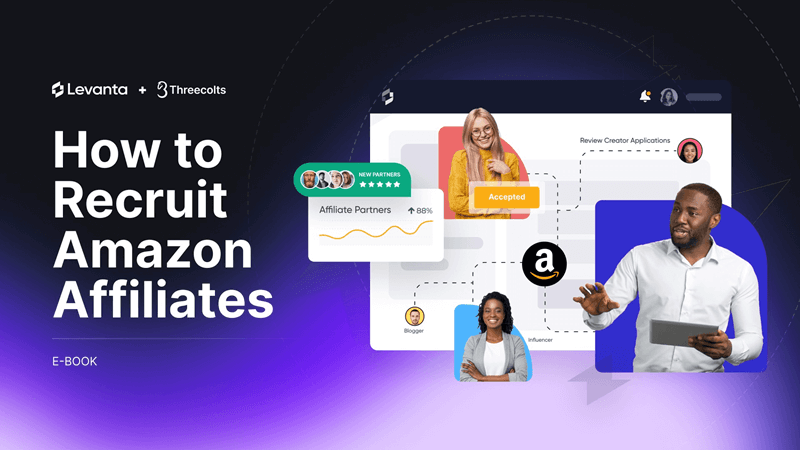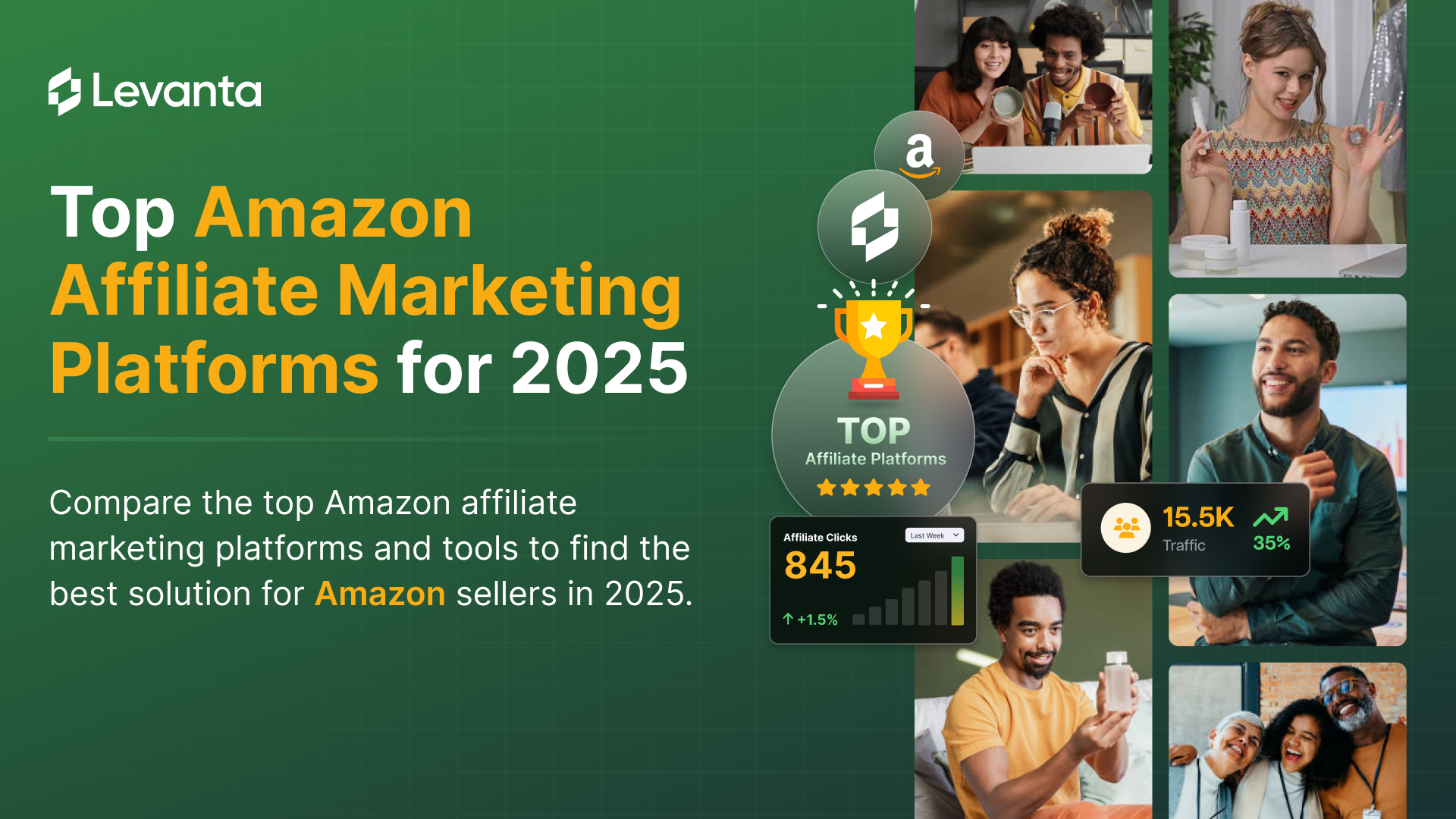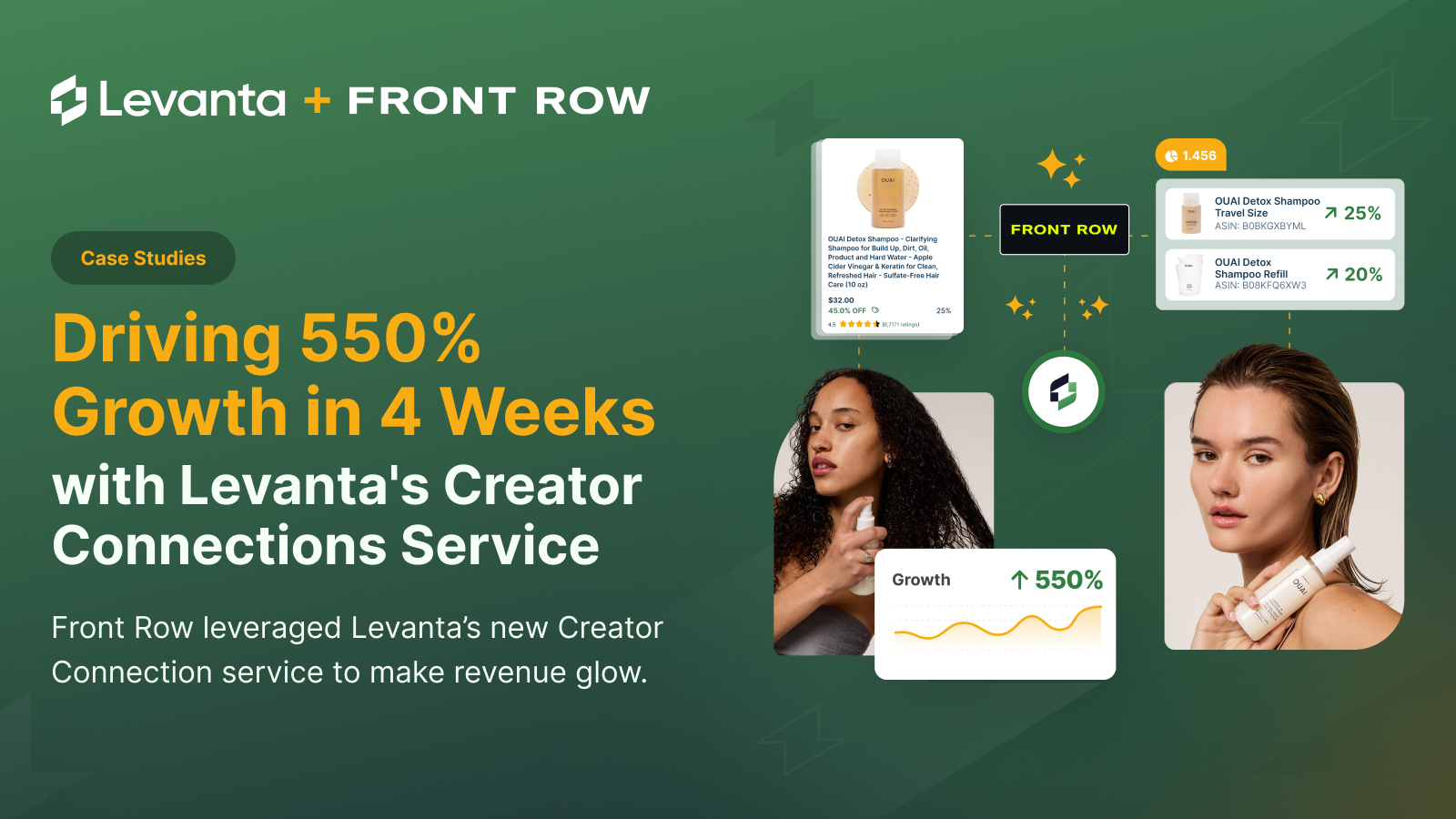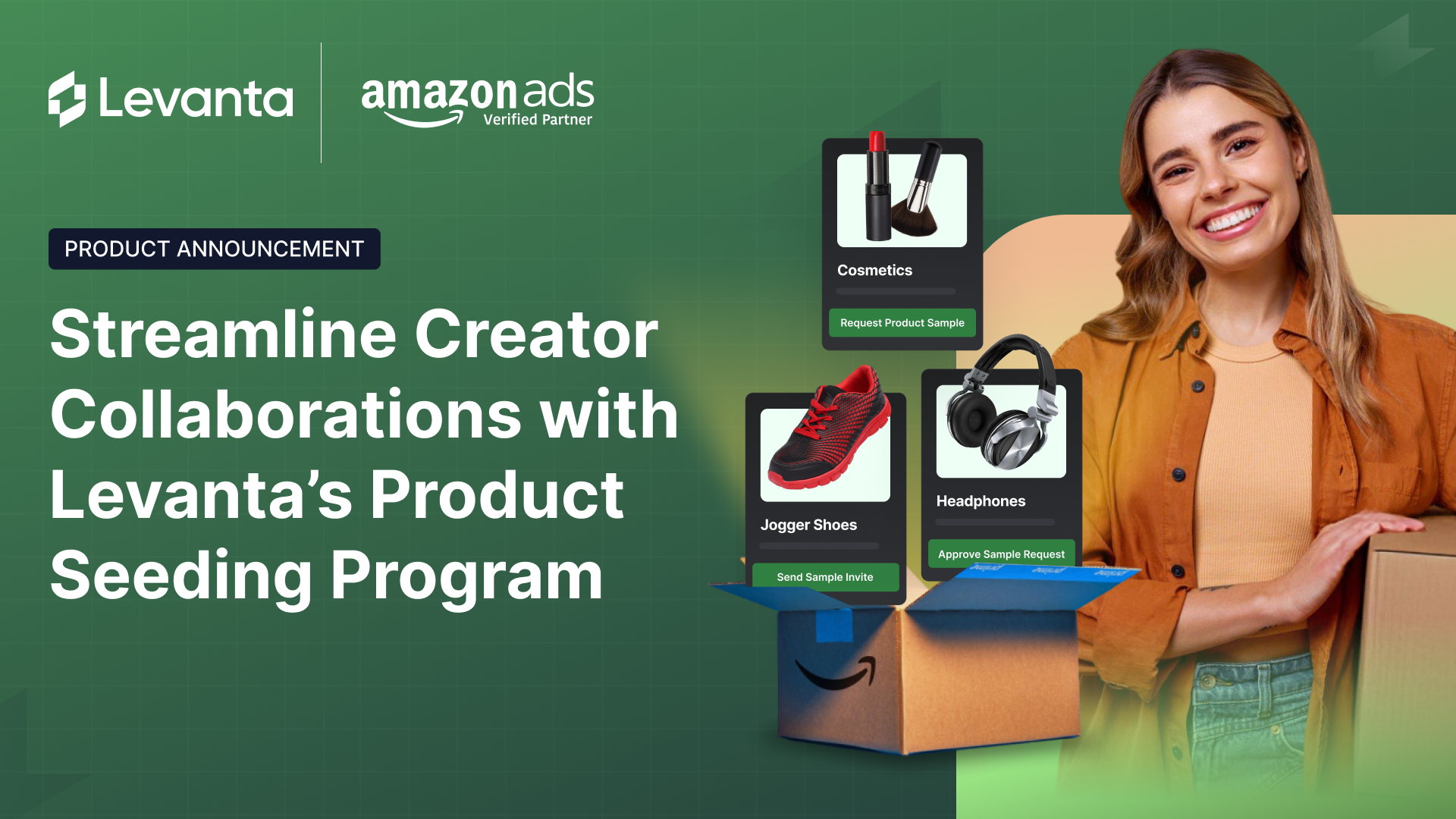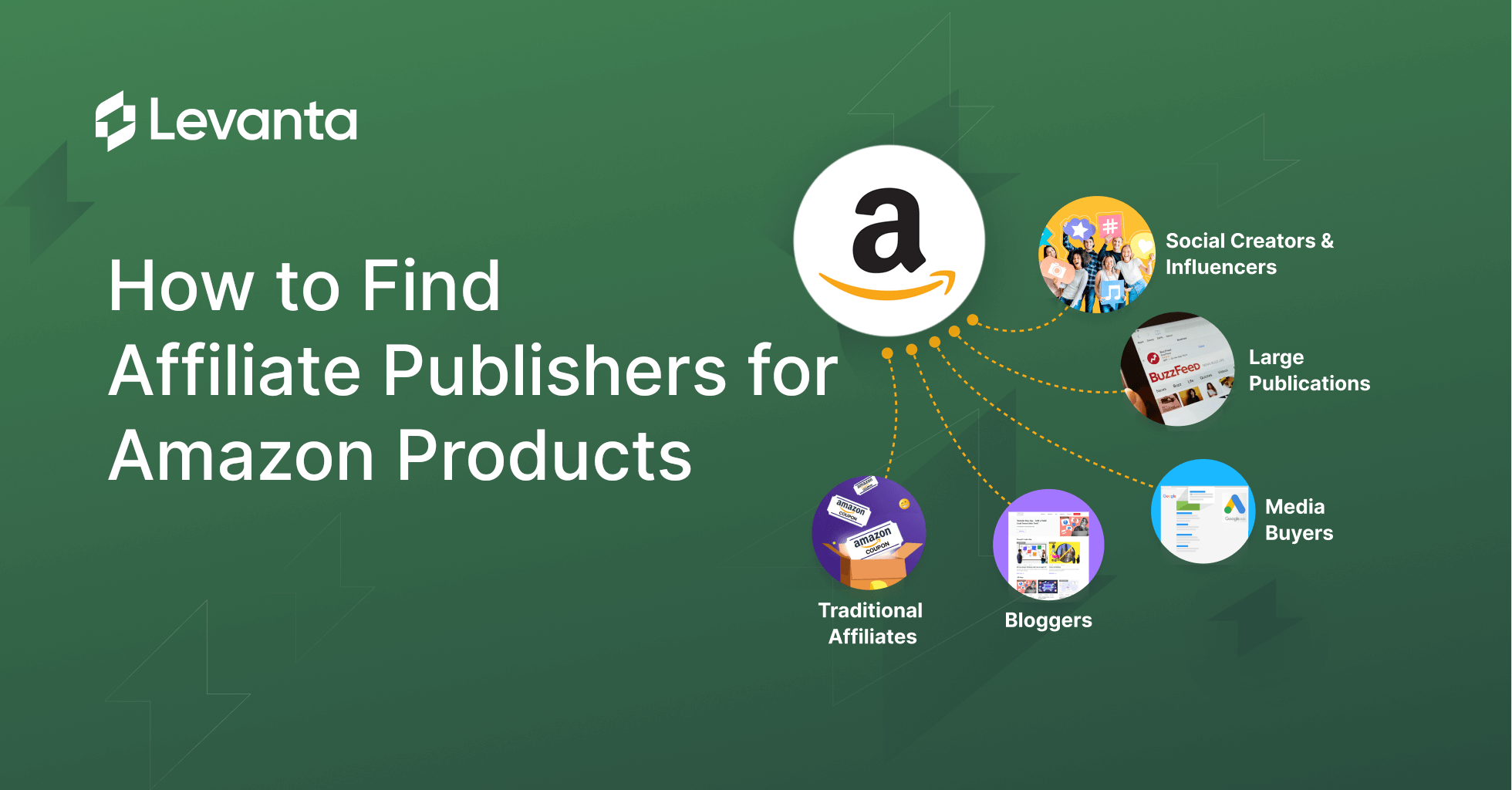
Introduction
To be successful with affiliate marketing as an Amazon brand, you need to recruit a loyal band of people willing to promote your products. This article explains exactly how to find affiliate publishers for Amazon products. To have continued success, you need to nurture those relationships to keep your partners incentivized. In both situations, having great communication skills is the key to success.
In this article we’re going to look at how you can:
- Find suitable affiliate partners for your brand.
- Identify the right person to deal with.
- Find the contact details of the relevant people.
Step 1: Find suitable affiliate partners for your brand.
Affiliate partners span various categories and platforms. From people doing crazy dancing on TikTok through to writers in serious medical publications. They might not promote the same brand, but they can both have a significant impact on a brand’s sales.
When it comes to deciding on how to find affiliate publishers for Amazon products, picking the right type of partner is crucial. Here are some different affiliate channels to consider:
- Publications / Websites: Publishers using their content to be at the center of their affiliate link promotions.
- Social Media: Platforms like Instagram, TikTok, Facebook, Twitter, X with affiliate links in the comments or profiles.
- Email Marketing: Newsletters sending news updates and affiliate offers to their subscribers.
- YouTube: Video content creators using affiliate links in their descriptions.
- Podcasts: Integrating affiliate links in podcast notes within podcast episodes.
- Coupon and Deal Sites: Partnering with coupon websites to offer time-sensitive deals with affiliate links.
- Mobile Apps: Mobile Apps often rely on advertising and use affiliate links.
In the interests of keeping things simple, in this article we are looking at how to team up with a media publication. Publishers range from individual website owners through to brands under the umbrella of a multinational network.
Here’s a quick look at the pros & cons of working with small and large publishers:
Affiliate Partnership Pros & Cons
| Small Independent Blogs | Large Publishers (e.g. Conde Nast, Time Magazine) | |
| Pros | • Niche audience with focused interests • Greater personal engagement • Flexibility in negotiations and terms • Potentially lower costs for collaborations • More agile and adaptable |
• Wide-reaching audience • Established credibility • Access to professional expertise • Stronger brand association and prestige • Potentially huge visibility and impact • Extensive distribution networks and broader exposure |
| Cons | • Limited audience reach • Might lack the credibility • Limited resources and marketing power • Less brand visibility • Potential inconsistency in performance |
• May have less engagement and personalization • More bureaucracy and longer processes • Possibly higher expectations to brands • More rigid in negotiations and terms |
Step 2: Identify the right person to deal with.
Once you’ve identified a publication who you think can help you promote your products, the next step is to find out who the right person is to deal with. This is a crucial step in how to find affiliate publishers for Amazon products.
Small publishers
For small websites with a handful of writers it’s usually as easy as looking at the about us page. Writers like to keep things personal and it should be easy to find their contact details. Even using a contact form in this situation should get your message through to the right person. You may generate an auto response email from the contact form showing the contact details of the person who runs the site.
Large publishers
This is where it gets more complicated and requires a few steps. Many well known sites are owned by media conglomerates. Let’s take a look.
Major Publishing Companies and Notable Titles
| Organization | Notable Titles |
| Condé Nast | Vogue, Vanity Fair, The New Yorker, Wired, GQ |
| Hearst Communications | Cosmopolitan, Harper’s Bazaar, Esquire, Elle, Popular Mechanics |
| Dotdash Meredith Corporation | People, Better Homes & Gardens, Entertainment Weekly, Allrecipes |
| Arena Group | Sports Illustrated, The Street, Parade |
| Penske Media Corporation | Variety, Rolling Stone, Deadline, Women’s Wear Daily |
| Vox Media | The Strategist, NY Mag, Thrillist |
| Recurrent | Bob Vila, Outdoor Life, Popular Science |
You can usually find the parent company for any website by looking in their Terms & Conditions in the footer of the site. When it comes to contacting the relevant person, it’s likely that they are employed by the parent company. They’ll probably have an email address with the parent company and their LinkedIn profile will likely reference the parent company too.

Large media organizations are split into a commercial side and a content side.
- The commercial team’s responsibility is to make money for the company.
- The editorial team’s responsibility is to create relevant and interesting content for their readers.
There is no fixed rule of which is the “right” side to contact. People who work in either department can help you.
If you pitch a writer about a highly relevant piece of content which also has great commercial benefits for the company, it will make them look good when they present it to their commercial side. Likewise, if you present a great revenue opportunity to the commercial team which also uses highly relevant content, then everyone will be happy. Start your pitch by highlighting the hook that is most relevant to their job. This is key.
In the commercial team these are some job titles of the people you need to deal with:
- Affiliate Marketing Manager: This individual oversees the publisher’s affiliate marketing program, including partnerships with brands, strategy development, and performance analysis.
- Commerce Manager: Depending on the publisher’s focus, this individual might oversee e-commerce activities, including affiliate marketing collaborations
- Partnerships Manager: They manage various partnerships, including affiliate relationships, and are responsible for establishing and maintaining connections with brands and other entities.
- Business Development Manager: Often responsible for identifying new business opportunities, including affiliate partnerships, and fostering relationships with potential partners.
- Digital Marketing Manager: In some cases, the digital marketing manager might handle affiliate partnerships along with other digital marketing strategies.
- Director of Partnerships or Business Development: This higher-level role oversees the overall partnership strategy and may be involved in decision-making regarding affiliate collaborations.
- Content Partnerships Manager: Especially in cases where content creation is a key aspect, this person might handle affiliate partnerships related to content distribution or integration.
- Publisher Relations Manager: They focus on maintaining relationships with external partners, which could include managing affiliate programs and collaborations.
- Performance Marketing Manager: Responsible for driving performance-based marketing initiatives, which often include affiliate partnerships.
In the Editorial team these are some job titles of the people you might deal with:
- Editor-in-Chief/Editorial Director: Oversees the editorial direction and content creation process.
- Editors: Responsible for acquiring, developing, and editing content.
- Writers/Authors/Content Creators: Produce the actual content—articles, books, stories, etc.
- Content Managers/Coordinators: Organize and manage the content production process.
LinkedIn is an invaluable resource for finding contacts. Explore the employees section of the company’s LinkedIn page to identify the person you’re looking for. Use LinkedIn Sales Navigator to set-up searches based on job title, seniority and employer. You can use it in two ways.
- To identify a relevant person from an organization you’ve already chosen.
- You can search for people based on their job title, see which publication they work at and investigate if it’s relevant to your brand.
Step 3: Find the contact details of the relevant people.
Once you’ve identified the publication and the person, the next step is to find their contact details. Here are some options.
- Slack Channels: If your target contact operates in the affiliate space, they might be part of the PMA , Martech Record, or other Slack Channel. In such cases, you can directly message them or find their email address within the channel.
- Email Finder Tools: There are a wide range of tools available to find a persons business email address. Here are three popular ones:
- Clearbit integrates with Gmail, providing you with email addresses associated with a particular domain.
- Hunter.io helps you search for email addresses associated with a domain.
- Voila Norbert is another option for email address lookups for a particular domain.
- LinkedIn: You can send a contact request on linkedin and include a 250 character message. There is a lot of sales spam on the platform these days so err on the side of caution when you send your message. Save your pitch for later.
- Email Permutator Spreadsheet: You can use this one: email permutator spreadsheet. Type in the name and domain of the person whose email address you want to find. Hover over the cells to see which permutation is the valid one.
- Email Address Verifier: verifyemailaddress.org can be used to check the reliability of an email address. You can use it in combination with the tools mentioned above or on it’s own if you haven’t managed to find an answer yet.
How to Find Affiliate Publishers for Amazon Products: Conclusion
By following the steps in this process this process you should be able to create a database of relevant people to help you with your affiliate marketing campaigns. Remember it boils down to:
- Find suitable affiliate partners for your brand.
- Identify the right person to deal with.
- Find the contact details of the relevant people.
We haven’t covered how to write your pitch to get a great response rate or mentioned anything about following up with your contacts. That’s in our next guide.
DOWNLOAD Our Comprehensive eBook: How To Recruit Amazon Affiliates here:
DOWNLOAD EBook: How To Recruit Amazon Affiliates
DOWNLOAD EBook: How To Recruit Amazon Affiliates

